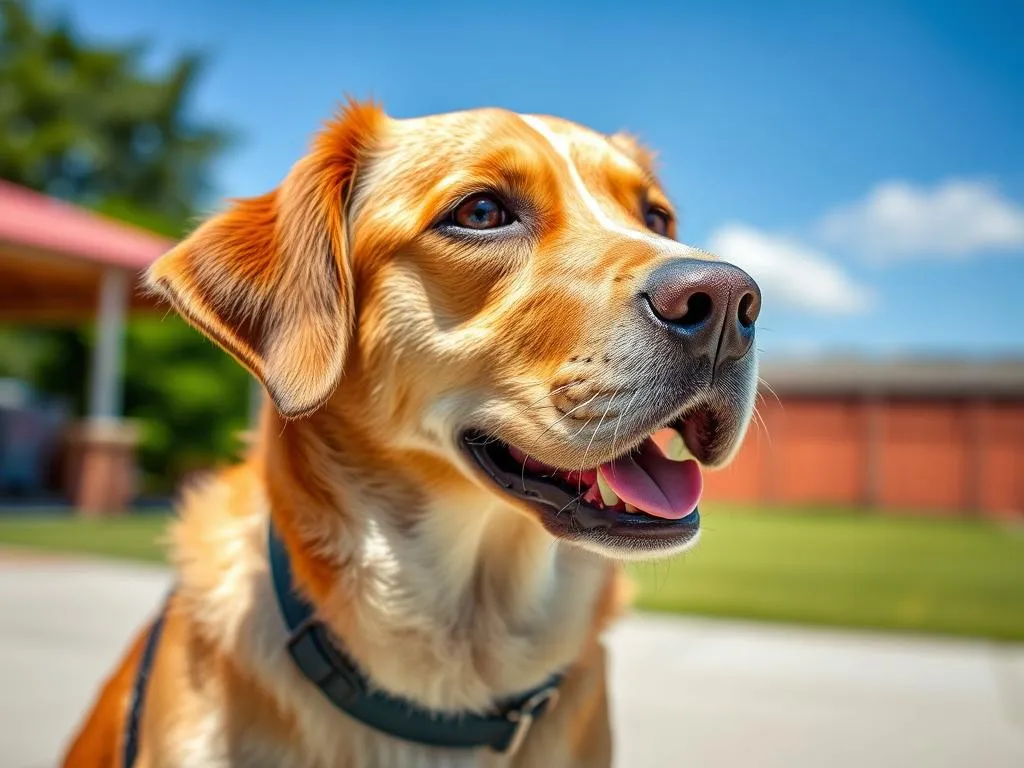
Summer is a beautiful time of year for both humans and our furry friends, but it also comes with its share of risks. As temperatures rise and outdoor activities increase, dog owners must be vigilant about their pets’ health and safety. Understanding the common summer risks and implementing effective strategies can help ensure a safe and enjoyable season for your dog.
Understanding the Risks of Summer for Dogs
Heat-Related Illnesses
As the mercury climbs, dogs can suffer from heat exhaustion or heatstroke, which can be life-threatening if not addressed promptly. Unlike humans, dogs do not sweat through their skin; they primarily rely on panting to cool down. When temperatures soar, this mechanism can become insufficient, leading to overheating.
Symptoms of heat-related illnesses can include excessive panting, drooling, weakness, confusion, and even collapse. If you notice your dog exhibiting these signs, it’s crucial to act quickly.
Dehydration
Dehydration is another serious concern during the summer months. Dogs lose fluids through panting and can quickly become dehydrated, especially if they’re active in the heat.
Signs of dehydration in dogs include dry gums, lethargy, and excessive thirst. To prevent dehydration, it is essential to ensure your dog has constant access to fresh water, especially during outdoor activities.
Sunburn and Skin Issues
Just like humans, dogs can suffer from sunburn, particularly those with short coats or light-colored fur. Areas that are most prone to sunburn include the nose, ears, and belly.
Long-term effects of sun exposure can lead to skin cancer, making it essential to take precautions. Regularly checking your dog’s skin for any unusual changes can help catch issues early.
Essential Summer Safety Tips
Keeping Your Dog Hydrated
Ensuring your dog stays hydrated is crucial during the hot summer months. The recommended daily water intake for dogs varies by size, but a general rule of thumb is about one ounce of water per pound of body weight.
To encourage water consumption, consider these tips:
– Provide multiple water bowls around your home and yard.
– Add ice cubes to the water for a refreshing treat.
– Use pet-friendly water bottles for outings to ensure access to hydration on the go.
Providing Shade and Cool Spaces
When engaging in outdoor activities, always look for or create shaded areas for your dog to rest. This is especially important during peak sun hours from 10 AM to 4 PM.
At home, consider setting up a cool resting area indoors with fans or air conditioning. This will allow your dog to escape the heat and stay comfortable.
Optimal Exercise Times
Timing your dog’s exercise routine is key to keeping them safe in the summer heat. Early mornings or late evenings are the best times for walks and play, as temperatures are cooler during these hours.
If the heat is too intense, consider alternative indoor activities like playing fetch or teaching new tricks to keep your dog mentally and physically stimulated.
Dog-Friendly Sunscreen
Just like humans, dogs can benefit from sunscreen during hot days. Applying a dog-safe sunscreen to your pet’s vulnerable areas can help prevent sunburn.
When choosing a product, look for dog-safe formulations and avoid those containing zinc oxide, as it can be toxic to dogs. Many pet stores offer a variety of options specifically designed for canine use.
Protecting Against Pests and Parasites
Fleas and Ticks
Summer is peak season for fleas and ticks, which can pose significant health risks to dogs. These parasites can transmit various diseases, making prevention vital.
To keep fleas and ticks at bay:
– Use topical treatments or collars that repel these pests.
– Regularly check your dog for signs of fleas or ticks, especially after outdoor excursions.
– Keep your yard tidy and well-maintained to minimize pest habitats.
Mosquitoes and Heartworm
Mosquitoes are not just a nuisance; they can carry heartworm disease, a potentially fatal condition in dogs. Preventative measures are essential to protect your dog from mosquito bites.
Utilize heartworm preventatives recommended by your veterinarian and keep your dog indoors during peak mosquito activity hours, typically dawn and dusk.
Travel Safety Tips for Dogs
Preparing for Summer Travel
Planning summer trips with your dog requires extra consideration. Ensure you pack enough food and water for your journey, along with a basic first aid kit.
Before you hit the road, check for dog-friendly accommodations to avoid surprises during your travels. Research local veterinary clinics in case of an emergency.
Car Safety
Traveling safely in a vehicle is critical for your dog’s well-being. Follow these guidelines for safe car travel:
– Secure your dog with a harness or pet seatbelt to prevent distractions.
– Ensure proper ventilation in the car to keep them cool.
– Never leave your dog in a parked car, even for a few minutes, as temperatures can rise rapidly and lead to heatstroke.
Fun Summer Activities for Dogs
Beach and Water Safety
A trip to the beach or pool can be a delightful experience for your dog, but safety should always come first.
- Introduce your dog gradually to water to avoid overwhelming them.
- Always supervise your dog when they’re swimming to prevent accidents.
- Use a dog life jacket for added safety, especially for breeds that aren’t natural swimmers.
Outdoor Adventures
Summer is the perfect time for outdoor adventures like hiking and camping. When planning these activities, keep these precautions in mind:
- Bring plenty of water and a portable bowl for hydration.
- Be aware of local wildlife and keep your dog on a leash to prevent encounters with snakes or other potentially dangerous animals.
- Pack a first aid kit in case of injuries or insect bites.
Recognizing Emergencies
What to Do in Case of Heatstroke
If you suspect your dog is suffering from heatstroke, act immediately. Move them to a cooler area, apply cool (not cold) water to their body, and offer them water.
If symptoms persist, seek veterinary assistance as soon as possible. Quick action can save your dog’s life.
Other Summer Emergencies
In addition to heat-related issues, summer can bring other emergencies such as cuts, insect bites, or allergic reactions. Familiarizing yourself with basic first-aid techniques can be beneficial.
Some first aid tips include:
– For cuts: Clean the wound with mild soap and water, then apply a sterile bandage.
– For insect bites: Apply a cold compress to reduce swelling and monitor your dog for allergic reactions.
Conclusion
As summer unfolds, keeping your dog safe and healthy is paramount. By following these summer safety tips for dogs, you can help ensure a fun and worry-free season for both you and your furry companion. Regularly assess your dog’s needs and be proactive in implementing these strategies to enjoy all the joys summer has to offer. Remember, a little preparation goes a long way in ensuring your dog’s health and happiness during those warm, sunny days!









